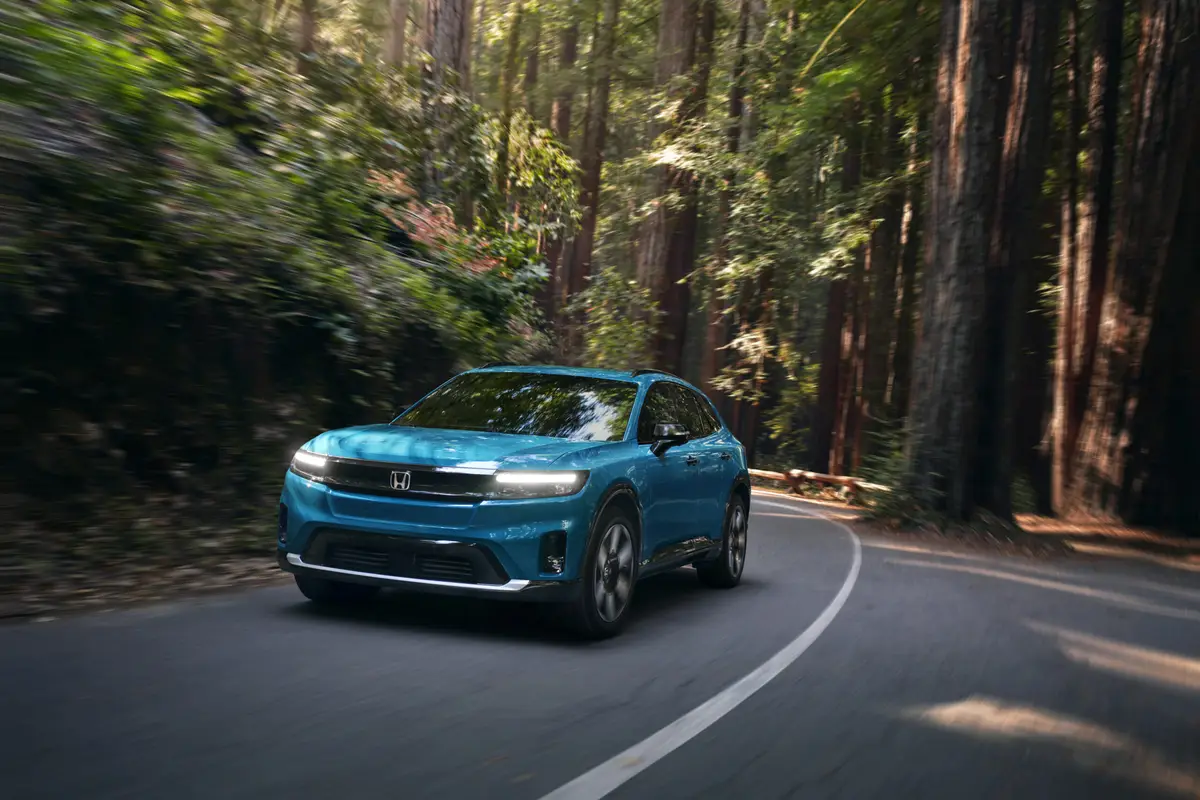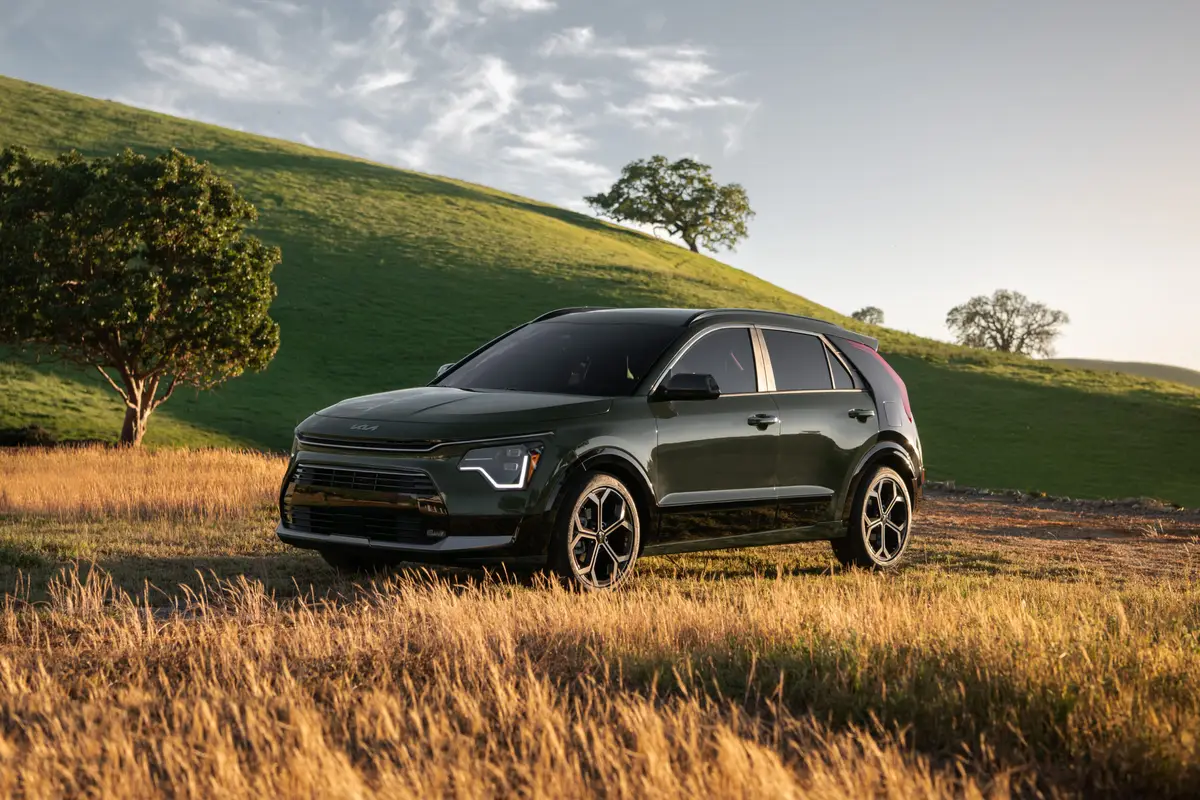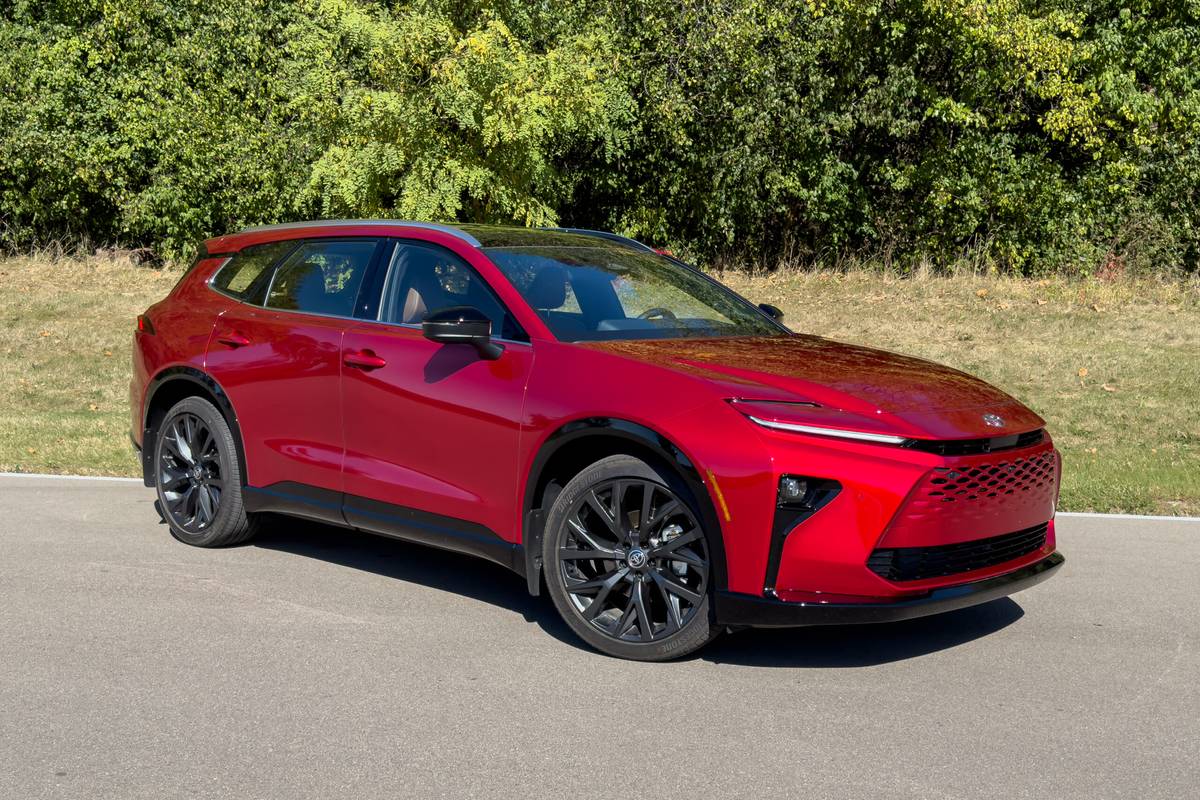The Morning Call and Mcall.com's view
It’s taken five years, but Land Rover has finally brought the “baby Land Rover” stateside.
Dubbed the Freelander, this little sport utility vehicle is meant to compete against the Honda CRV and Ford Escape, albeit at a higher price.
Available in S ($24,975), SE ($27,775) and HSE ($31,575) trim levels, the Freelander is novel not just for its size, but for its construction.
Until the Freelander, all Land Rovers had bodies that were attached to a rugged frame. This allows the vehicle to haul heavy loads or traverse tough terrain. But the Freelander uses unibody construction, like a car. The body and frame are a single unit. So, the Freelander isn’t meant to face the tough off-road conditions its larger cousins tackle. It also boasts an independent suspension, which gives the Freelander a car-like ride.
Equipped with all-wheel-drive and lacking a low-range gear, you might expect the Freelander to be a lightweight off-road. This is not the case.
The Freelander handled moderate off-roading with a ride that belies the vehicle’s short wheelbase. It felt every bit as poised off-road as it did on-road. The drivetrain features Hill Descent Control, a system that uses the anti-lock brakes to slow progress while tackling the slopes. It works well enough.
Meanwhile, on-road this vehicle was quite good. The ride is a bit soft, but well-controlled. The turning radius is very tight, allowing for parking-lot maneuvers that put some cars to shame. Steering is quick through the thick, leather-wrapped steering wheel.
Power is fair. The 2.5-liter V-6 has 175 horsepower and is mated to a five-speed automatic with sequential manual shift ability. This drivetrain felt sluggish, especially upon initial acceleration. Manual shifting helped enormously. Mileage was a so-so 17 mpg in mixed driving, reaching 19 mpg on one stretch.
While Land Rover is an upscale brand, the Freelander’s interior struggles to compete at that level.
The interior has more than its share of cheap, hard-grained plastics and rugged cloth. It looks more durable than posh. The leather-trimmed seats on the SE-grade trim level did add a bit of panache. They were comfortable and chair-height, but had a short seat cushion. A height adjustment would be welcome, as would armrests.
The climate control wasn’t automatically adjustable, and heat was slow in coming. The heated seats helped make up for that shortcoming.
The optional Harman Kardon AM/FM/CD stereo delivered excellent sound.
Some of the ergonomics are classically British. This means they’re either quaint or inconvenient depending on your anglophile affections. The steering-wheel-mounted controls for stereo and cruise control aren’t illuminated. The door lock and window switches are on the center console, slanted away from the driver. The cupholders are perched atop the dashboard. The fuel cap can be released only with a key. The heated seat buttons are buried at the bottom of the center stack.
Storage space is good, even when the rear, split-folding seats are being used. A retractable shade hides cargo from prying eyes. The compartment is finished with tie-down points and a shallow, covered compartment.
The Freelander has a petite style, yet carries the classic styling heritage of Land Rover. It still has its share of quirkiness, yet ably carries the Land Rover badge into fresh territory.
It’s a shame it took five years to get here.
LAND ROVER FREELANDER
Engine: 2.5-liter V-6
Transmission: 5-speed auto/manual
Tires: P225/55R17
Wheelbase: 101 inches
Length: 175 inches
Width: 71 inches
Weight: 3,640 pounds
Cargo volume: 29 cubic ft.
Base price: $27,775
As tested: Not available
EPA rating: 16 cit , 19 highway
Test mileage: 17 mpg
Fuel type: Regular
Built in: England
Latest news



